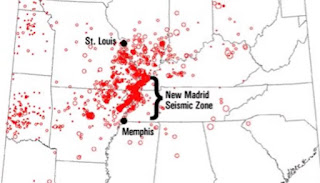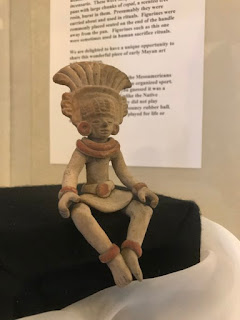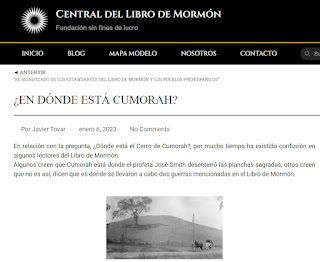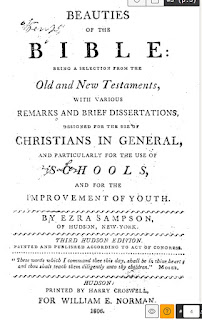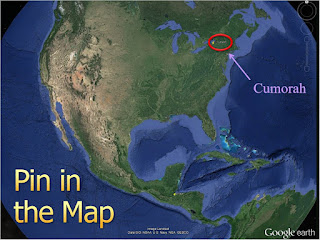Resources for answering questions
I frequently hear from readers and viewers who have specific questions about Church history, Book of Mormon historicity, etc. Often they seek a way to explain the issues to their family, friends, associates, and social media contacts.
In most cases, I direct them to the materials on my lettervii.com website. For readers of this blog who find it on moronisamerica, amazon, or another redirected site, you may not know about the Pages on the lettervii.com site.
For example, here’s a page about the origins and rational of M2C.
https://www.lettervii.com/p/origin-and-rationale-of-m2c.html
Here is a list of all resources currently in the Pages section of that blog. I add to them as people ask specific questions not already covered in the Pages.
- The Two Sets of Plates schematic
- Trip to Fayette references
- BYU packet on Cumorah
- Oliver returning to the Church-Reuben Miller journal
- Cumorah photos
- President Ivins on the New York Cumorah
- Only an Elder
- Cumorah’s cave by Cameron Packer
- Brigham Young on the New York Cumorah
- Ancient People Joseph Knew
- Benjamin Benson letter to Joseph Smith
- Urim and Thummim in 1832
- Sorenson’s Sourcebook Annotated
- Moroni and Nephi
- Rationality comparison chart-Cumorah
- Wentworth letter vs Orson Pratt pamphlet
- Oliver was truthful except…
- Translation references
- 1835 letter by Joseph Smith in the Messenger and Advocate
- Two departments in the hill Cumorah
Source: About Central America
